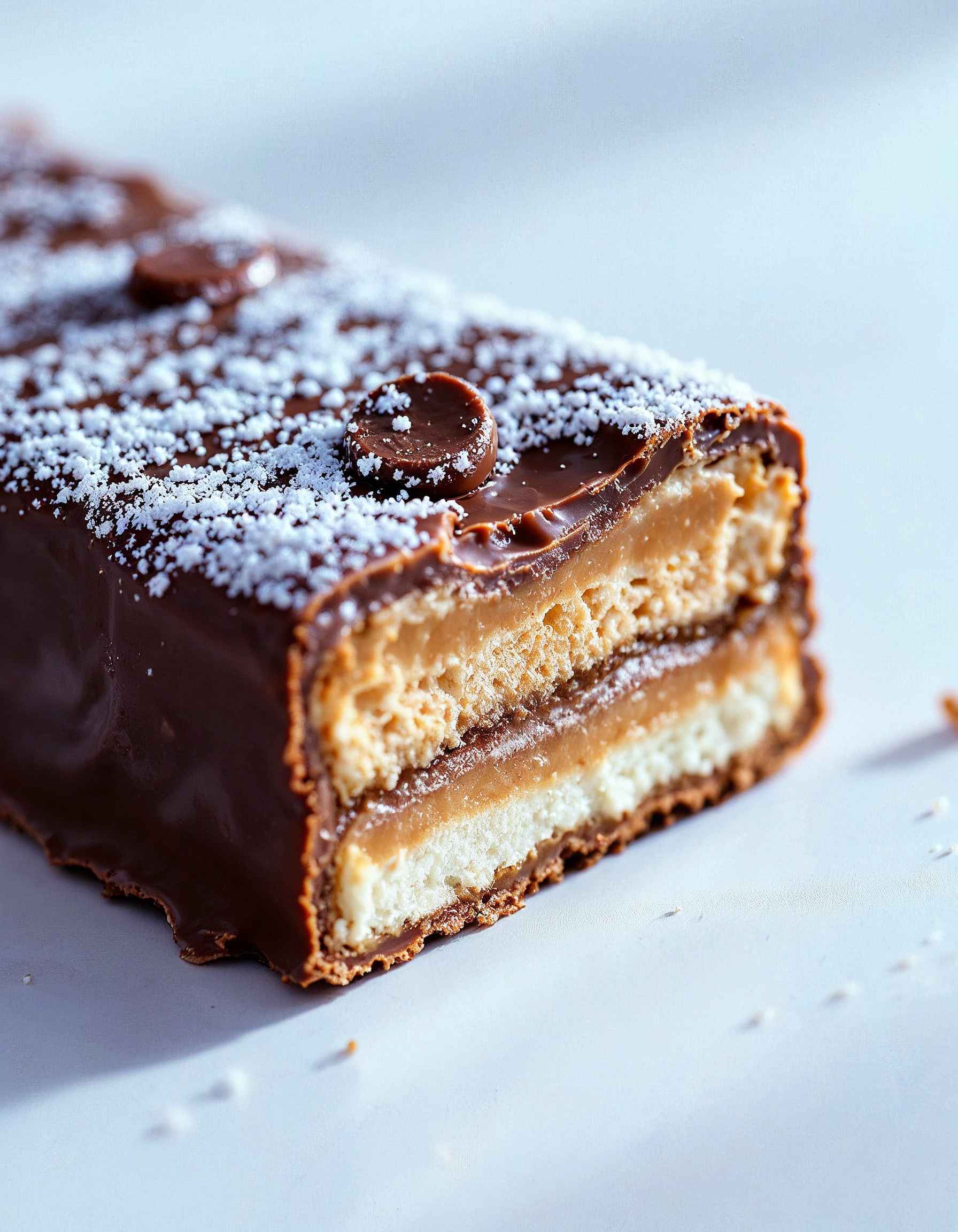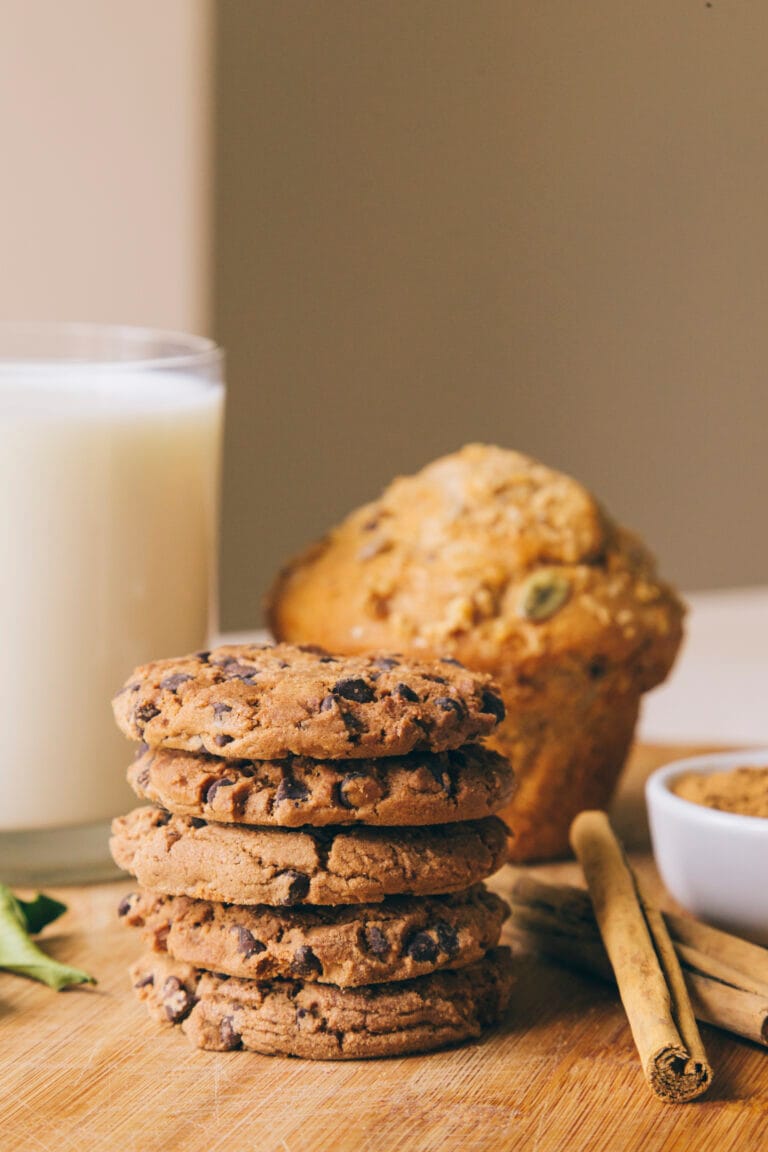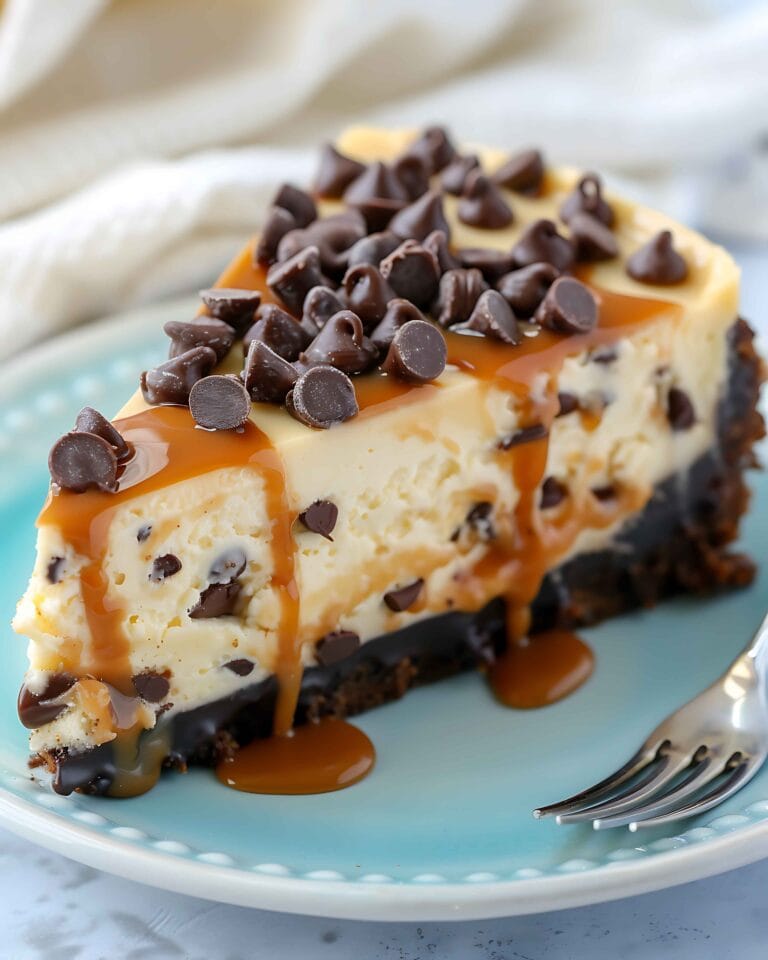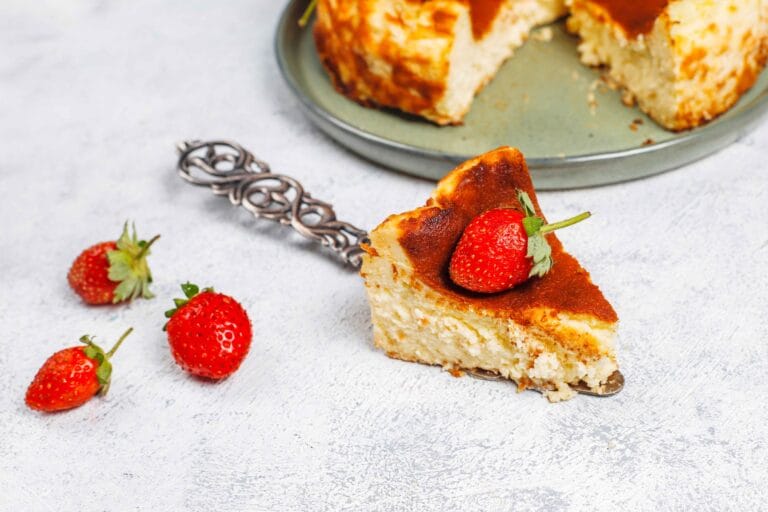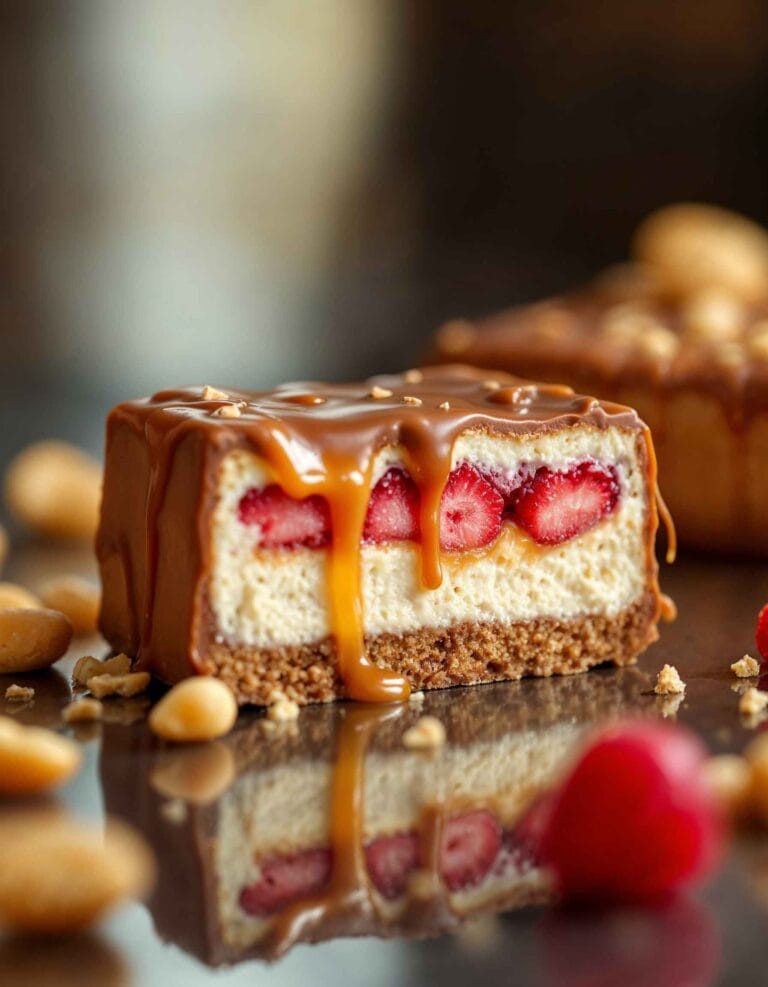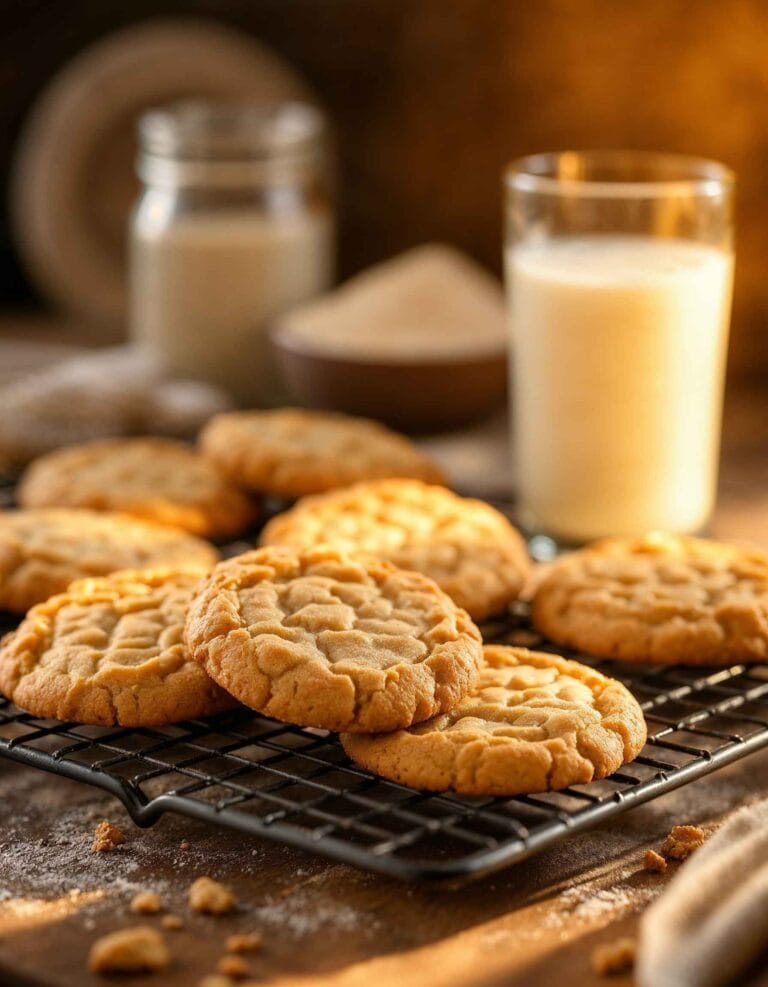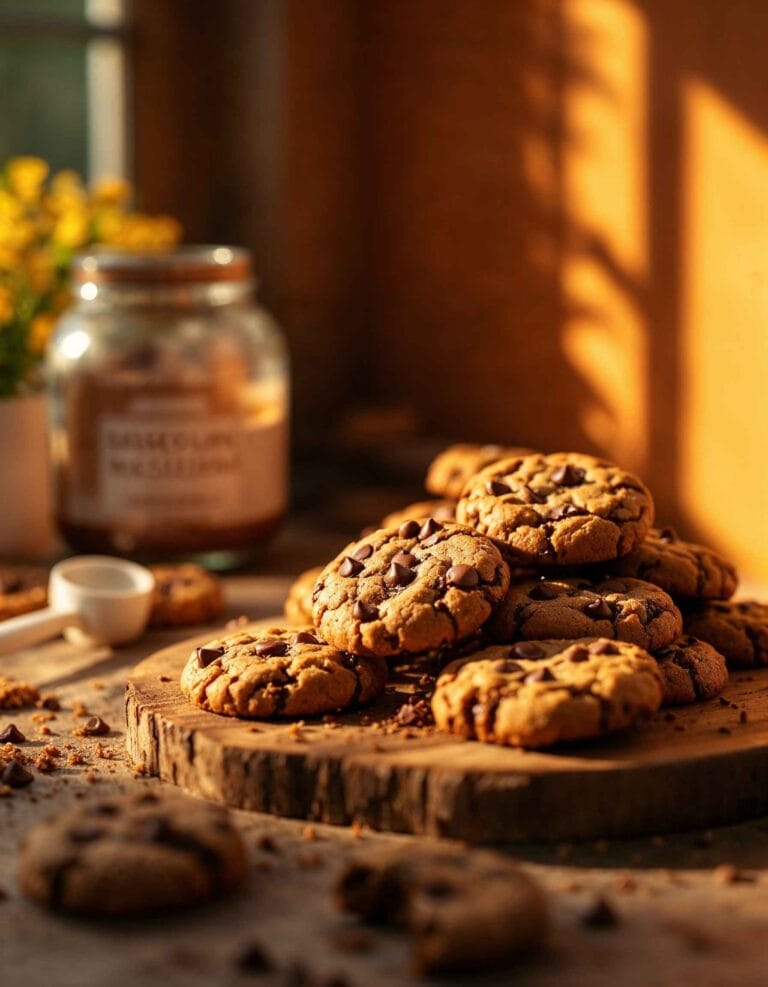What’s the White Stuff in a Snickers Bar?
Snickers bars are one of the most popular chocolate treats worldwide, celebrated for their rich combination of nougat, caramel, peanuts, and chocolate. However, avid fans and curiousSnickers bars, known for their perfect blend of nougat, caramel, peanuts, and chocolate, are a global favorite. But sometimes, a strange white or grayish layer can appear on the chocolate’s surface. Many people wonder what this is and whether it’s safe to eat. Is it mold, a sign of spoilage, or just an aesthetic issue?
In this article, we’ll explore the mystery behind this white layer, scientifically known as bloom, and examine its causes, effects on taste, and ways to prevent it. By the end, you’ll have all the information you need to enjoy your Snickers worry-free!
What Was the Old Name for a Snickers Bar?
The Layers of a Snickers Bar
Snickers bars are crafted from four main components, each playing a vital role:
- Nougat: A fluffy, chewy layer that forms the foundation.
- Caramel: A sticky, sweet filling that enhances texture and flavor.
- Peanuts: Roasted and salted for crunch and balance.
- Milk Chocolate Coating: A smooth and creamy layer that envelops the bar.
The white layer commonly forms on the outer chocolate coating. To understand why it happens, let’s look deeper into the chemistry of chocolate.
What Causes the White Layer?
The white layer that sometimes appears on Snickers bars is known as bloom, and it can be categorized into two types: sugar bloom and fat bloom. Both are common in chocolate products and result from environmental factors, such as temperature fluctuations and humidity. Let’s examine these causes in detail.
1. Sugar Bloom: The Role of Moisture
Sugar bloom occurs when moisture comes into contact with the surface of the chocolate. Here’s how it happens:
- Exposure to Humidity: If a Snickers bar is stored in a damp or humid environment, condensation can form on the surface.
- Dissolving Sugar: This moisture dissolves the sugar in the chocolate coating.
- Recrystallization: When the moisture evaporates, it leaves behind a grainy, white residue as the sugar recrystallizes.
Sugar bloom often feels rough or gritty to the touch and is especially common in chocolates stored in kitchens or refrigerators without proper sealing.
2. Fat Bloom: The Movement of Cocoa Butter
Fat bloom occurs due to temperature changes affecting the fat content in chocolate, particularly the cocoa butter. When chocolate is exposed to warmth, the cocoa butter softens and separates from the other ingredients. Upon cooling, this fat can solidify unevenly on the surface, creating a white, waxy layer.
- Melting and Cooling: When chocolate is exposed to warm temperatures, the cocoa butter softens and separates from the other ingredients. If the bar is then cooled quickly, the fat solidifies unevenly on the surface, forming a white, waxy layer.
- Improper Storage: This often happens when Snickers bars are stored in places with inconsistent temperatures, like car dashboards or freezer compartments.
Fat bloom feels smooth to the touch and is more common than sugar bloom in Snickers bars due to their chocolate coating.
3. Manufacturing and Handling
Although less common, bloom can sometimes occur due to issues during production or transport:
- Improper Tempering: Chocolate must be carefully tempered (heated and cooled) during manufacturing to ensure its smooth texture and glossy appearance. If tempering is off, the chocolate may be more prone to fat bloom.
- Rough Handling: Prolonged shaking or exposure to vibrations during transport can also disturb the chocolate’s structure, encouraging bloom.
4. No, It’s Not Mold!
Many people worry that the white layer on their Snickers bar is mold, but this is a myth. Chocolate does not contain enough moisture to support mold growth. The white layer is purely a physical change, not a biological one.
Why Does the White Layer Form on Snickers Bars Specifically?
Snickers bars, with their multilayered design, are particularly susceptible to bloom for a couple of reasons:
- Moisture Attraction from Nougat and Caramel: The nougat and caramel layers can retain moisture, which may migrate to the surface and cause sugar bloom.
- Thin Chocolate Coating: The milk chocolate shell is relatively thin, making it more prone to temperature changes that result in fat bloom.
Understanding these causes can help us see that the white layer, while unsightly, is a natural occurrence.
Snickers Strawberry Cheesecake: A Decadent Delight
Does It Affect Taste or Quality?
When you spot the white layer on your Snickers bar, you may wonder whether it’s still good to eat. While the appearance might be unappealing, the white layer typically has little to no impact on the flavor or overall quality of the bar. Let’s explore the effects in detail.
1. The Impact on Taste
The primary ingredients in a Snickers bar—nougat, caramel, peanuts, and chocolate—are tightly sealed together. The white layer forms only on the chocolate’s surface and doesn’t alter the taste of the nougat or caramel.
- Sugar Bloom: If the white layer is caused by sugar bloom, the chocolate may feel slightly grainy. This texture might subtly affect the eating experience but doesn’t significantly change the flavor.
- Fat Bloom: Fat bloom doesn’t usually affect the taste. The chocolate may seem a bit waxy, but the rich sweetness of the Snickers remains intact.
Most Snickers enthusiasts report that once they take a bite, they hardly notice the white layer’s presence.
2. Texture Changes
While the taste remains largely the same, texture changes can occur due to bloom:
- Sugar Bloom: Can create a rougher texture on the chocolate’s surface, but this doesn’t extend to the caramel, nougat, or peanuts.
- Fat Bloom: May result in a slightly softer texture, as the fat layer on the surface disrupts the chocolate’s original consistency.
These changes are generally minor and don’t detract from the enjoyment of a Snickers bar.
3. Perception Versus Reality
The white layer can create a psychological barrier for some consumers. Seeing what looks like a flaw may lead them to assume the product is spoiled or lower quality, even when it’s perfectly safe to eat. Studies have shown that consumers are more likely to judge food based on visual appeal, even if the taste remains unaffected.
4. How Long Is a Snickers Bar Fresh?
A Snickers bar has a long shelf life when stored correctly:
- Unopened Bars: Typically remain fresh for up to 12 months.
- Opened Bars: Should be consumed within a few days if left at room temperature, as exposure to air can increase the risk of sugar bloom.
The white layer is more likely to appear in older bars or those stored improperly, but even then, the bar remains safe and edible.
Quality Assurance from Mars, Inc.
Snickers bars are manufactured under strict quality control standards by Mars, Inc. The company ensures their products are safe to consume, even if bloom occurs. Packaging is designed to minimize exposure to air and moisture, reducing the likelihood of bloom.
Is It Still Safe to Eat?
Yes, a Snickers bar with a white layer is perfectly safe to eat. The bloom is a visual and textural issue, not a health concern. It doesn’t indicate spoilage, contamination, or mold.
Is the White Layer Safe?
When it comes to food safety, the sight of a white layer on a Snickers bar can raise concerns. Thankfully, this phenomenon, known as bloom, is completely harmless. Let’s address the safety aspects and clear up common misconceptions.
1. It’s Not a Health Risk
Both sugar bloom and fat bloom are natural occurrences in chocolate products. They don’t result from contamination or harmful bacteria. Instead, they stem from environmental factors like moisture or temperature fluctuations.
- Sugar Bloom: Involves the recrystallization of sugar, a physical reaction that doesn’t produce toxins or other harmful substances.
- Fat Bloom: Occurs when cocoa butter migrates to the surface, forming a white layer of fat. This process is entirely benign.
The FDA and food safety organizations worldwide classify bloom as a cosmetic issue, not a safety hazard.
2. It’s Not Mold
One of the most common misconceptions about the white layer is that it’s mold. However, mold requires moisture to grow, and chocolate is a low-moisture food. The white layer is purely a chemical or physical reaction involving sugar or fat, not a biological one.
- Key Difference: Mold has a fuzzy texture and a green, gray, or black appearance. Bloom, on the other hand, is smooth and white.
3. No Impact on Nutritional Value
Bloom doesn’t alter the nutritional content of the Snickers bar. The proteins, fats, and sugars remain intact, and the calorie count stays the same.
How Many Calories Does a Snickers Cheesecake Have?
4. What About Allergies?
For individuals with peanut or dairy allergies, the presence of bloom doesn’t increase the risk of exposure to allergens. The white layer is simply a surface-level change and doesn’t affect the internal ingredients.
How to Prevent the White Stuff on Chocolate
If you’re keen on keeping your Snickers bars looking as appetizing as they taste, proper storage is key. Preventing bloom involves controlling temperature and humidity.
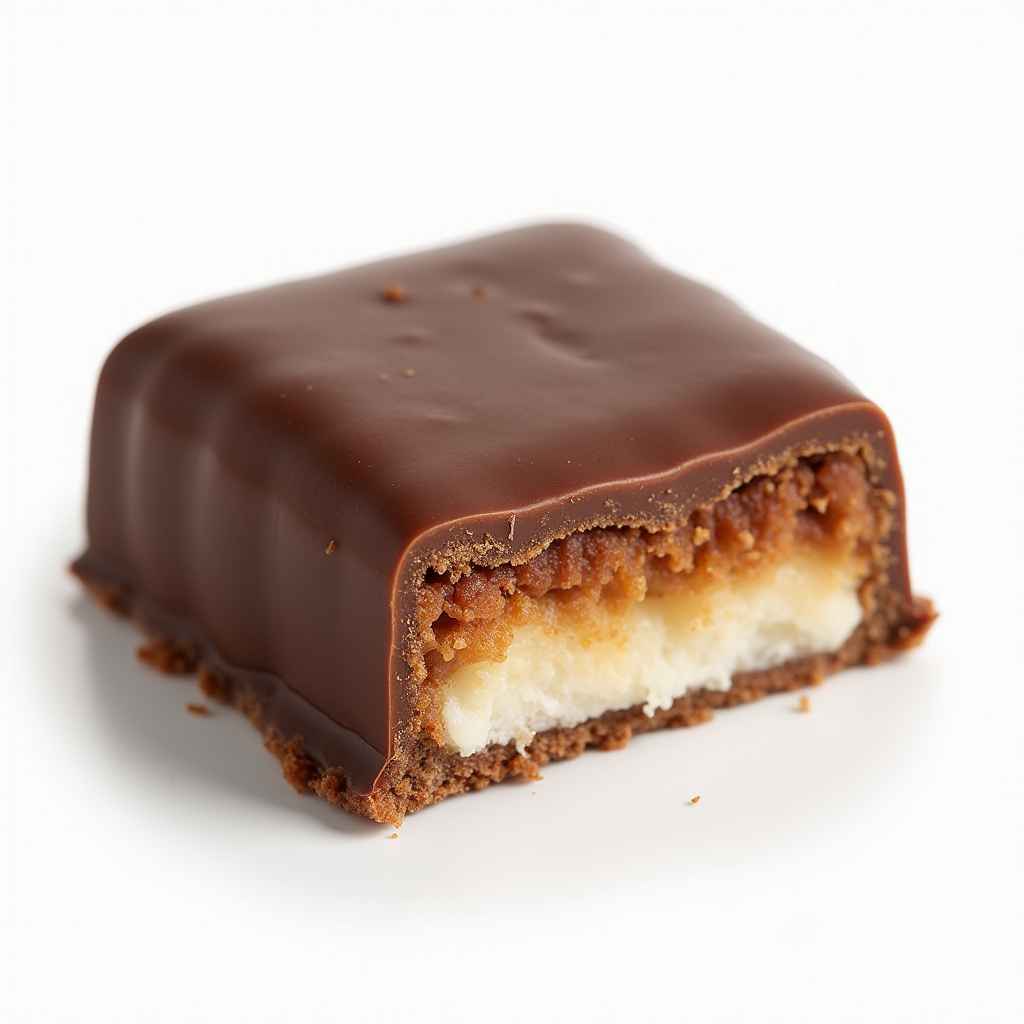
1. Store in a Cool, Dry Place
The ideal storage temperature for chocolate is between 60°F and 70°F (16°C to 21°C). This prevents the cocoa butter from melting and reforming on the surface.
- Avoid Refrigerators: Refrigerators are often too humid, increasing the risk of sugar bloom.
- Avoid Freezers: Freezing and thawing chocolate can lead to fat bloom due to rapid temperature changes.
2. Use Airtight Packaging
Exposure to air can accelerate the formation of bloom, especially in humid environments. To prevent this:
- Store opened Snickers bars in airtight containers or resealable bags.
- Avoid unwrapping the bar until you’re ready to eat it.
3. Protect from Temperature Fluctuations
Chocolate is sensitive to changes in temperature. If you’re transporting Snickers bars, avoid leaving them in hot cars or moving them between extreme environments.
4. Check Expiration Dates
Although bloom doesn’t mean the bar is unsafe, older bars are more likely to develop it. To enjoy Snickers at their peak quality, consume them before the expiration date on the package.
5. Buy Fresh from Trusted Sources
Purchase Snickers bars from stores with high turnover to ensure they’ve been properly stored and handled. Avoid bars with visibly damaged or torn packaging, which can increase exposure to moisture and air.
Why Prevention Matters
While the white layer is harmless, preventing it ensures a more enjoyable experience. A well-stored Snickers bar retains its smooth chocolate texture and glossy appearance, making it as visually appealing as it is delicious.
The White Layer and Other Chocolate Products
The phenomenon of bloom isn’t exclusive to Snickers bars. It’s a common occurrence in a wide range of chocolate products, from candy bars to baking chocolate. Understanding these comparisons can offer a broader perspective on why the white layer forms and how it impacts various types of chocolates.
1. Chocolate Bars with High Cocoa Content
Pure dark chocolate or chocolate bars with high cocoa percentages are more prone to fat bloom because they contain more cocoa butter. Unlike Snickers, which have a thinner chocolate coating, bars like dark chocolate truffles may exhibit a larger, more noticeable white layer if improperly stored.
- Texture and Taste Impact: The higher fat content can lead to a creamier texture even when bloom occurs, but the white layer can still detract from visual appeal.
2. Chocolate with Fillings
Chocolates with creamy or nutty fillings, like Snickers, face unique challenges. Their internal layers—such as nougat or caramel—retain moisture, which may contribute to sugar bloom.
- Moisture’s Role: When filled chocolates are exposed to varying temperatures, the filling can interact with the chocolate shell, increasing the likelihood of bloom.
- Snickers Advantage: Despite this risk, the composition of Snickers helps mitigate taste changes caused by bloom, thanks to its strong flavor profile from peanuts and caramel.
3. Baking and Cooking Chocolate
Baking chocolate, used in recipes for brownies or ganache, often develops bloom because it is stored for long periods.
- Effect on Recipes: Unlike candy bars, bloom in baking chocolate doesn’t affect its melting properties or flavor when used in cooking. The heat involved in recipes re-melts the fat or sugar crystals, restoring the chocolate’s texture.
4. Chocolate-Coated Snacks
Snacks like chocolate-covered pretzels or cookies may develop sugar bloom more readily because of their higher exposure to humidity. These snacks are often stored in non-airtight containers, making them particularly susceptible.
- Snickers Comparison: The robust packaging of Snickers bars reduces exposure to air and moisture, offering better protection than most chocolate-covered snacks.
5. Ice Cream Bars with Chocolate Coatings
Snickers Ice Cream Bars, a frozen variation of the classic candy, are particularly vulnerable to fat bloom. Rapid temperature shifts, such as moving from the freezer to room temperature, can cause the cocoa butter in the chocolate to migrate.
- Preventing Bloom: Keeping these bars at a consistent frozen temperature is essential to maintain their glossy coating.
Why Snickers Bars Handle Bloom Well
Compared to many other chocolates, Snickers bars are less affected by bloom in terms of taste and usability:
- Flavor Masking: The strong flavors of caramel and peanuts mask any minor texture changes from bloom.
- Versatility: Even with a white layer, a Snickers bar can still be enjoyed as a snack or used in desserts, such as crumbled toppings for ice cream or in baking.
Industry Standards to Minimize Bloom
The chocolate industry, including Mars, Inc. (the maker of Snickers), has invested in advanced techniques to reduce the risk of bloom. These include:
- Improved tempering methods.
- Better packaging to limit exposure to air and moisture.
- Educating consumers on proper storage practices.
Consumer Perception Across Products
While bloom is a universal issue in chocolates, consumer perception varies depending on the product. People tend to forgive bloom in chocolates meant for cooking, but candy bars like Snickers are often judged more critically. By educating consumers about bloom’s harmless nature, companies can help reduce unnecessary waste.
FAQs About the White Stuff on Snickers Bars
1. What is the white stuff on my Snickers bar?
The white stuff on your Snickers bar is known as bloom, which can be either sugar bloom or fat bloom. It occurs when the chocolate’s sugar or fat content crystallizes due to exposure to moisture or temperature changes.
2. What is the white layer in Snickers?
The white layer in Snickers is typically found on the surface of the chocolate coating. It is caused by natural chemical reactions like sugar recrystallization or fat migration, and it doesn’t indicate spoilage or contamination.
3. Why is the inside of my Snickers white?
If the nougat or caramel inside your Snickers appears white, it could be due to slight dehydration or exposure to air. This is a normal process over time and doesn’t affect the safety or flavor of the bar.
4. What is the white part of a Snickers bar?
The white part of a Snickers bar is usually a result of fat bloom or sugar bloom, depending on the storage conditions. It’s a surface-level phenomenon affecting the chocolate coating, not the nougat, caramel, or peanuts inside.
Is the Strawberry Cheesecake Snickers Bar Real?
Conclusion
The white layer that sometimes appears on Snickers bars, scientifically known as bloom, is a harmless phenomenon caused by environmental factors such as moisture and temperature fluctuations. Whether it’s sugar bloom or fat bloom, this occurrence doesn’t affect the bar’s safety or nutritional value, and the delicious combination of nougat, caramel, peanuts, and chocolate remains as satisfying as ever.
While the white layer might alter the appearance or slightly change the texture, it rarely impacts the taste, allowing you to enjoy your Snickers bar worry-free. By storing Snickers in a cool, dry place and avoiding extreme temperature changes, you can prevent bloom and maintain the chocolate’s glossy finish.
Ultimately, the white layer is nothing more than a natural quirk of chocolate, one that’s easy to understand and even easier to overlook when savoring one of the world’s most beloved candy bars.

